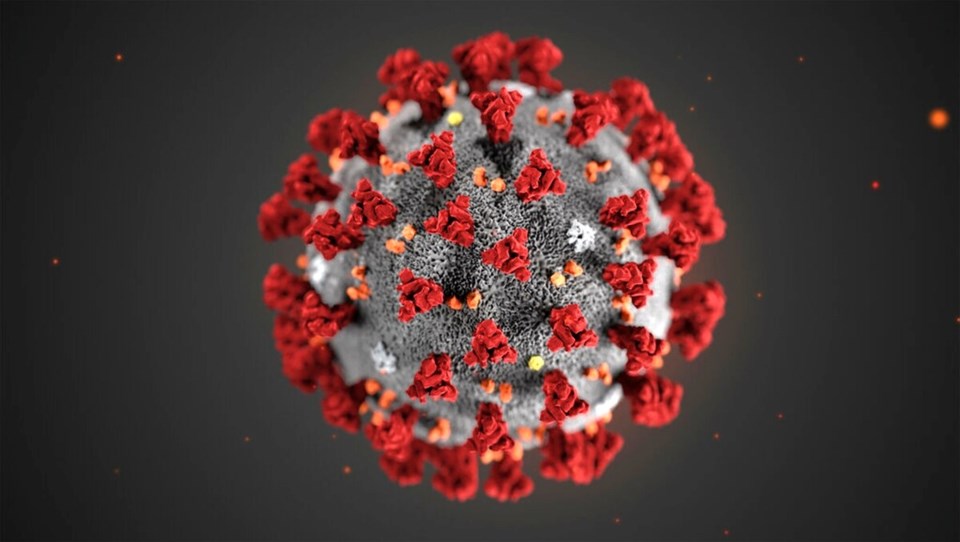The number of active COVID-19 cases in Athabasca, Barrhead and Westlock has dropped to below 40, according to the geospatial map that lists COVID-19 cases throughout the province.
The largest number of cases is identified in Westlock County, which has a total of 20 cases. There has been a total of seven deaths in the municipality since the start of the pandemic.
Thirteen cases have been identified in Athabasca County, which has experienced 13 deaths since the start of the pandemic.
Finally, there are just six cases identified in the County of Barrhead, which has experienced five deaths.
On Dec. 7, chief medical officer of health Dr. Deena Hinshaw reported that 240 new cases of COVID-19 had been identified as a result of conducting 5,500 tests over the past 24 hours. That brings the total number of active cases to 4,103.
She said there are outbreaks or alerts at a total of 129 schools throughout Alberta. One of those schools is Westlock Elementary School, which is listed as being on alert (2-4 cases).
A total of 373 Albertans are being treated in hospital for COVID-19, including 76 in the ICU.
As well, five new deaths have been reported in the last 24 hours, bringing the death toll from the start of the pandemic to 3,268.
“Each death continues to be a sad reminder of the kind of impact this virus can have and why our collective efforts against it matter so much,” she said.
Omicron spread
Hinshaw also reported that the number of cases of the Omicron variant identified in Alberta remains at 11.
Acknowledging that some have questioned why close contacts of these cases are not being legally mandated to isolate, Hinshaw explained that was due to the vaccination rate and effectiveness of the vaccines in protecting against the virus.
She pointed out that the Omicron variant of COVID-19 is “not a new disease,” and while they are still learning about its transmissibility and severity, it isn’t the first variant to emerge in Alberta and it won’t be the last.
The goal is to merely slow the transmission of the virus and give health authorities more time to learn about the variant, as stopping it entirely is basically impossible.
In any case, Hinshaw said it is important to follow public health measures and to get fully vaccinated, noting that 60,000 children have now gotten their first dose of vaccine.
As of Monday, all Albertans aged 60 or older are eligible to receive their third shot of vaccine provided it has been at least six months since their second shot. (For more information or to book an appointment, visit alberta.ca/vaccine.)
She noted that wastewater testing is now being integrated into Alberta’s monitoring efforts, as it provides an early warning for when COVID-19 cases might spike in a given area based on the level of pathogens in the wastewater.
In fact, the University of Calgary will be launching a website later this week that will actually identify the levels of COVID pathogens in wastewater from various communities.
When pressed for information about when health authorities will make an announcement about possible restrictions on holiday gatherings, Hinshaw acknowledged they recognize people are wanting to make plans, but they are still learning about the potential threat posed by the Omicron variant, noting that they have reached a plateau in terms of COVID numbers and hospitalizations.
“With any adjustments that we make to our rules, we need to be taking into account that whole system impact,” she said. “I would ask people to … have confidence that we are looking at the options.”



